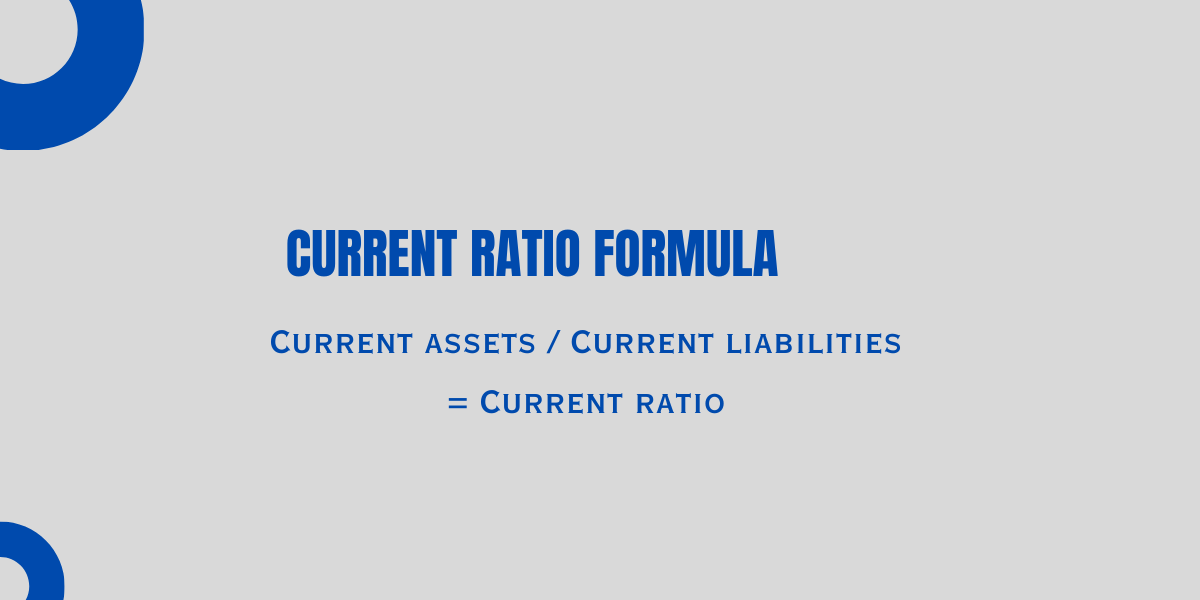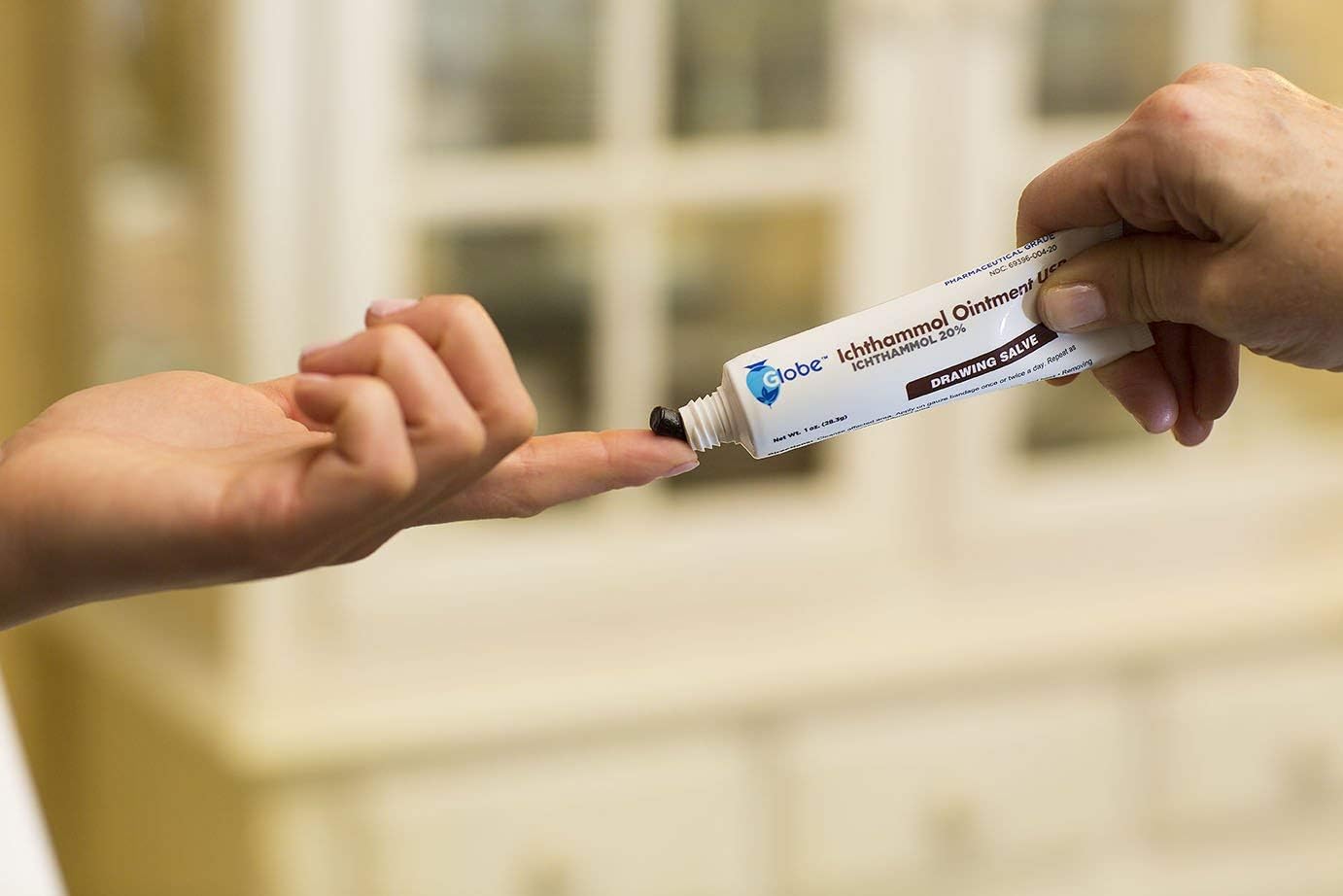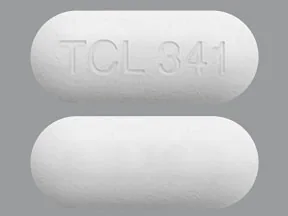What makes a Good Current Ratio? How to Figure it Out? We’ll talk about the Current Ratio Formula here. If you’re curious about how well a company is doing financially right now, just read this whole thing to find out.
- How to Find the Current Ratio
- Understanding the Current Ratio Formula
- Figuring Out the Current Ratio
- Why It’s Important to Find the Current Ratio
- What Makes a Good Current Ratio
- Limits of the Current Ratio
- What Makes a Good Current Ratio
- People May Also Ask
- What is the Formula for the Best Current Ratio
- What the Current Ratio Measures
- What is a Good Example of Current Ratio
- What’s a Good Current Ratio and What it Tells
- Is a 100% Current Ratio Good
How to Find the Current Ratio
The current ratio helps us see if a company can handle what it owes right now. To get this ratio, divide the company’s current assets by its current liabilities.
Think of it like the company’s working money, which is just the difference between what it owns and what it owes right now. This tells us how much money the company has for short-term expenses.
Both the current ratio and working capital help us know if a company can pay its bills. Calculating the current ratio is simple. You just need to know the current assets and current liabilities to understand a company’s financial situation.
Understanding the Current Ratio Formula
Before we talk about how to find the current ratio, let’s break down its parts:
Current Assets: These are the things a company owns that can quickly turn into cash. It includes cash on hand, money in the bank, stock or inventory, prepaid expenses, accounts receivable, and more.
Current Liabilities: These are the things a company owes and has to pay within a year. It includes things like accrued expenses, internet and phone bills, wages, short-term loans (to be paid back within a year), interest, and more.
Important Links
Figuring Out the Current Ratio
To find the current ratio, use this easy formula:
Current assets / Current liabilities = Current ratio
It’s super simple, and anyone can do it without any hassle. Just grab the current assets and current liabilities from the company’s balance sheet, then divide the current assets by the current liabilities.
Current assets let us know how much money the company needs to cover what it owes right now. That’s why it’s also known as the working capital ratio.
Why It’s Important to Find the Current Ratio
The current ratio helps investors see if a company can pay its short-term debts using what it owns right now. By checking the current ratio of different companies, you can compare and choose the right one to invest in. This ratio also tells us about the company’s business cycle.
Financial managers use the current ratio to understand how financially fit a company is. If the current ratio is less than 1, they can take steps to improve it. While the current ratio helps assess a company’s current financial situation, it doesn’t give the full picture of its overall financial health.
What Makes a Good Current Ratio
If the current ratio is 1, it means the company’s current assets are enough to cover its current liabilities. Having a current ratio just a bit below or above 1 is also good. But if it goes way too high or drops much below one, it signals that the company might be facing financial problems.
If the current ratio is more than 1, it suggests the company may not have enough cash for immediate needs. On the other hand, if it’s way higher than 1, it means the company isn’t using its assets efficiently. The extra money could be used for things like research, promoting products, and other activities that help the company.
The ideal current ratio can vary based on the type and size of the company. Generally, for most companies, a current ratio between 1 to 3 is seen as a healthy range.
Limits of the Current Ratio
We’ve talked about how useful the current ratio is, but it’s important to know its limitations too:
- The current ratio tells us about the quantity of assets, not their quality.
- Some companies might leave out certain current liabilities to make their current ratio look better.
- Similarly, companies might also exaggerate the value of their assets to seem financially healthier.
- It doesn’t reveal anything about the company’s long-term future, growth, or possibilities.
- Even though there are some downsides, the benefits of using the current ratio outweigh them, making it the best way to check a company’s financial health.
What Makes a Good Current Ratio
If the current ratio is 1, it means the company’s current assets are enough to cover its current liabilities. Having a current ratio just a bit below or above 1 is also good. But if it goes way too high or drops much below one, it signals that the company might be facing financial problems.
If the current ratio is more than 1, it suggests the company may not have enough cash for immediate needs. On the other hand, if it’s way higher than 1, it means the company isn’t using its assets efficiently. The extra money could be used for things like research, promoting products, and other activities that help the company.
The ideal current ratio can vary based on the type and size of the company. Generally, for most companies, a current ratio between 1 to 3 is seen as a healthy range.
People May Also Ask
What is the Formula for the Best Current Ratio
To figure out the ideal current ratio, it’s super easy: just divide the company’s current assets by its current liabilities. Current assets are things that can turn into cash within a year, and current liabilities are what the company needs to pay off within a year.
What the Current Ratio Measures
The current ratio compares current assets to current liabilities. To get it, divide current assets by current liabilities. This helps creditors see if a company can handle its short-term debts.
What is a Good Example of Current Ratio
For instance, if your business has $200,000 in current assets and $100,000 in current liabilities, your current ratio is 2. This means you can pay off each dollar of a loan or bill twice.
What’s a Good Current Ratio and What it Tells
An acceptable range for the current ratio is 1.2 to 2. Ratios in this range show that the company has enough current assets to cover its debts, with a bit of extra.
Is a 100% Current Ratio Good
If a company has a current ratio of 100% or more, it means it has positive working capital. A ratio below 100% suggests negative working capital.















